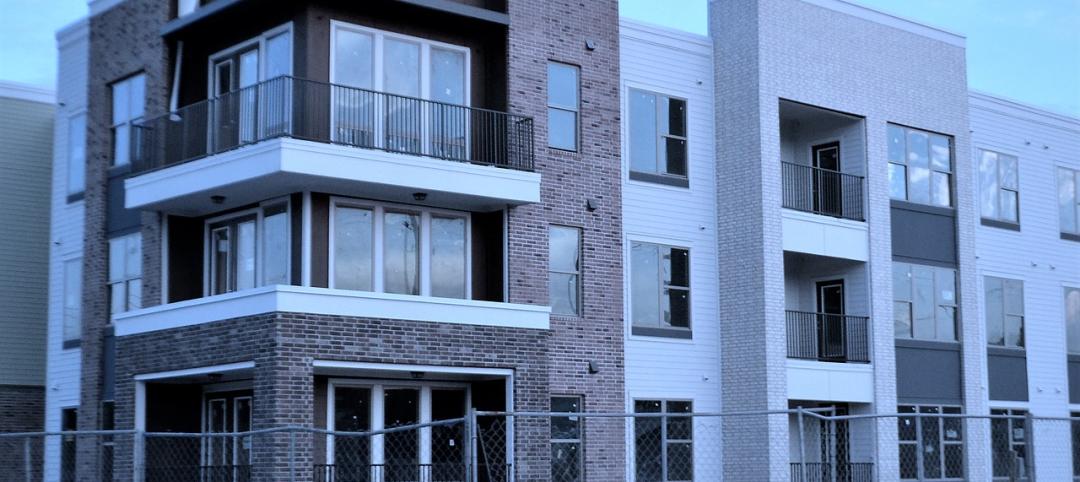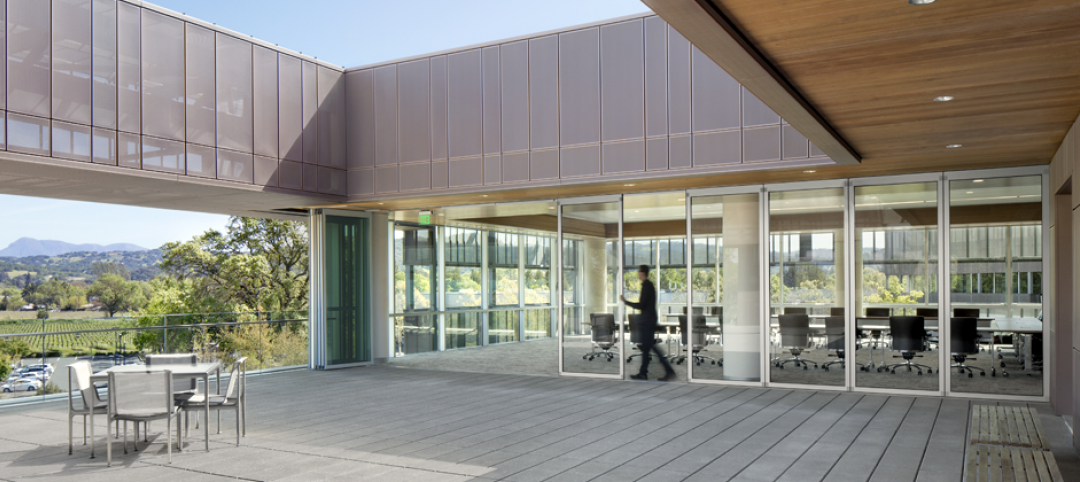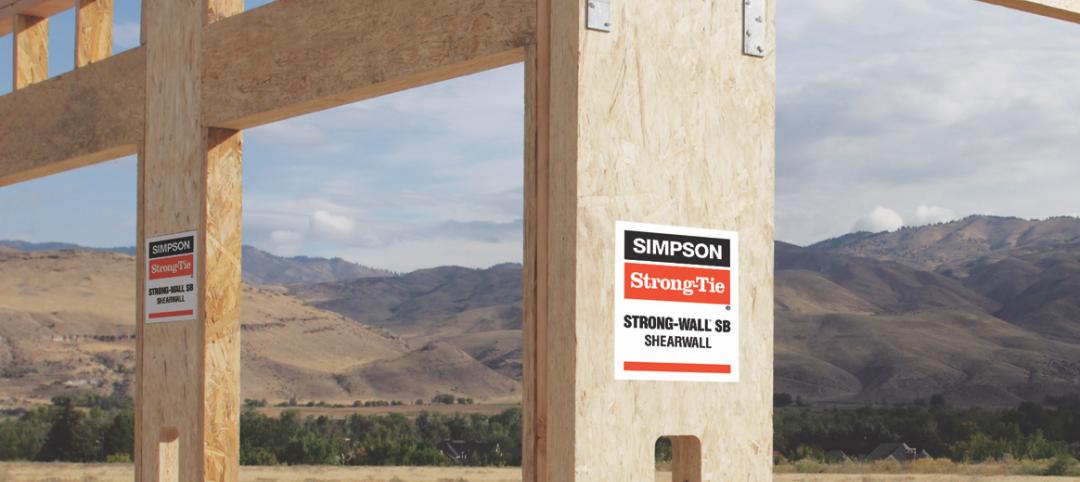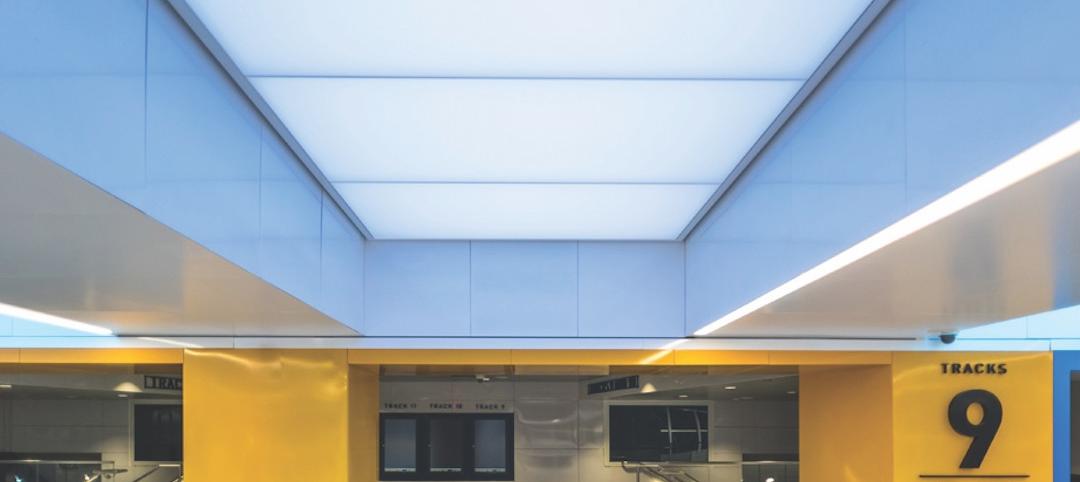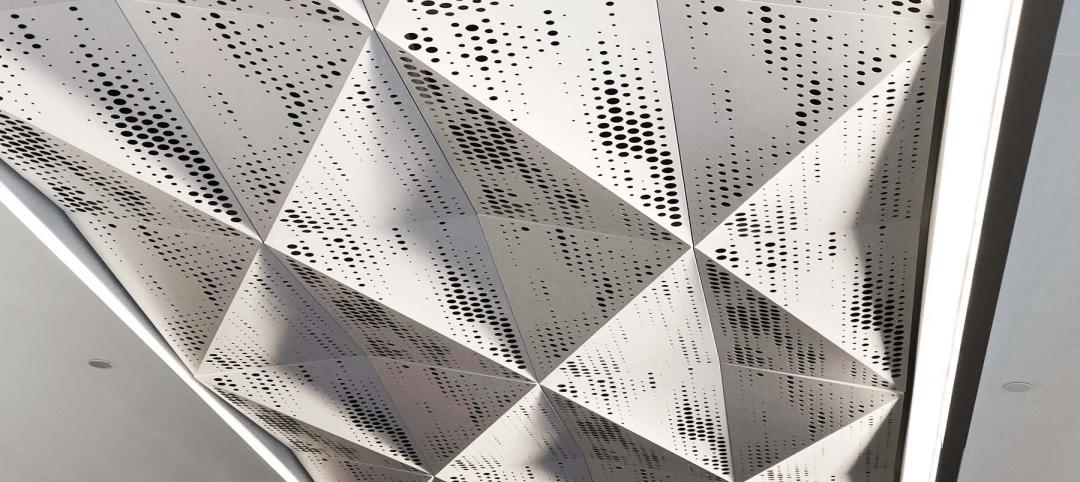Construction input prices expanded by 0.7% in May and have now expanded for three consecutive months according to an analysis of the Bureau of Labor Statistics Producer Price Index released by Associated Builders and Contractors (ABC). The rise follows eight consecutive months during which construction input prices fell; prices remain 3.4% below their year-ago level.
Nonresidential construction input prices expanded by 0.9% in May, but are still 3.5% below their year-ago level. Price gains were largely driven by iron and steel prices and steel mill product prices, which expanded 5.8% and 4.6% for the month, respectively.
"After falling sharply during all of 2015 and into the early months of 2016, an increase in global commodities prices had to happen as markets firmed," said ABC Chief Economist Anirban Basu. "While much attention has been given to the recent rise in oil prices to around $50 per barrel, other commodity prices have also experienced a resurgence, including iron ore.
"That said, the global economy continues to disappoint relative to expectations established at the start of the year," said Basu. "Higher prices may stimulate new rounds of production, including in energy markets, but the implication is that prices are unlikely to rise smoothly or dramatically going forward. Analyst views regarding the direction of commodity prices diverge wildly. While supply and demand play a role in fashioning commodity prices, so too does the value of the U.S. dollar. U.S. interest rates remain low and in many cases have been declining. The dollar has correspondingly weakened in recent weeks. Should that continue, commodity price increases could be sharper than we presently anticipate."
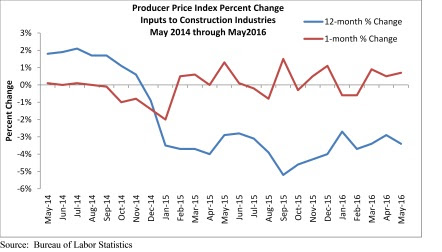
Nine key input prices expanded or remained unchanged in May on a monthly basis:
- Crude petroleum prices expanded 0.6% from April 2016, but are down 32.5% from May 2015.
- Unprocessed energy material prices expanded 0.9% on a monthly basis, but have fallen 23.1% on a year-ago basis.
- Prices for steel mill products expanded 4.6% from a month ago, but are down 5.2% on a yearly basis.
- Iron and steel prices expanded 5.8% month-over-month, but are down 2% year-over-year.
- Softwood lumber prices expanded 2.2% for the month and 6.3% from May 2016.
- Fabricated structural metal prices remained unchanged month-over-month and are down 1.9% year-over-year.
- Prices for plumbing fixtures and fittings expanded 0.2% for the month and are up 0.3% from the same time last year.
- Prices for prepared asphalt and tar and roofing and siding products expanded by 0.4% month-to-month and 0.7% year-over-year.
- Natural gas prices rose 2.9% for the month, but are down 23.5% from the same period one year ago.
Two key input prices declined on a monthly basis:
- Nonferrous wire and cable prices fell 1.3% on a monthly basis and have fallen 9.2% on a yearly basis.
- Concrete product prices inched down by 0.1% month-over-month, but are up 3% year-over-year.
Related Stories
Coronavirus | Apr 16, 2020
COVID-19: Pennsylvania building products supplier raises $1.2 million for Pittsburgh-area food bank
Pennsylvania building products supplier raises $1.2 million for Pittsburgh-area food bank.
Building Materials | Apr 8, 2020
The key to building in space may just be… urine?
A new building method to potentially make space architecture possible enters the fray.
Coronavirus | Apr 5, 2020
COVID-19: Most multifamily contractors experiencing delays in projects due to coronavirus pandemic
The NMHC Construction Survey is intended to gauge the magnitude of the disruption caused by the COVID-19 outbreak on multifamily construction.
Building Materials | Mar 3, 2020
84 Lumber President Maggie Hardy Knox receives Career Achievement Award
Maggie Hardy Knox, President of 84 Lumber and Nemacolin Woodlands Resort, to receive Career Achievement Award.
75 Top Building Products | Dec 16, 2019
Top Window and Door Products for 2019
Pella’s Rolscreen retractable screen and NanaWall’s HSW single-track sliding glass wall are among the 16 window and door products to make Building Design+Construction’s 2019 101 Top Products report.
75 Top Building Products | Dec 16, 2019
Top Structural Products for 2019
Inpro’s Fireline 140 fire barrier and Owens Corning’s Foamglas cellular glass insulation are among the 10 structural products to make Building Design+Construction's 2019 101 Top Products report.
75 Top Building Products | Dec 16, 2019
101 Top Products for 2019
Building Design+Construction readers and editors select their top building products for the past 12 months in the fourth-annual 101 Top Products report.
75 Top Building Products | Dec 16, 2019
Top Interior Building Products for 2019
Arktura's Delta Drop ceiling and CertainTeed's Decoustics Rondolo wood panels are among the 13 new interior products to make Building Design+Construction's 2019 101 Top Products report.
75 Top Building Products | Dec 16, 2019
Top Glass and Glazing Products for 2019
SageGlass's Harmony dynamic glass and Vitro Architectural Glass's Acuity low-iron glass are among the nine new glass and glazing products to make Building Design+Construction's 2019 101 Top Products report.





